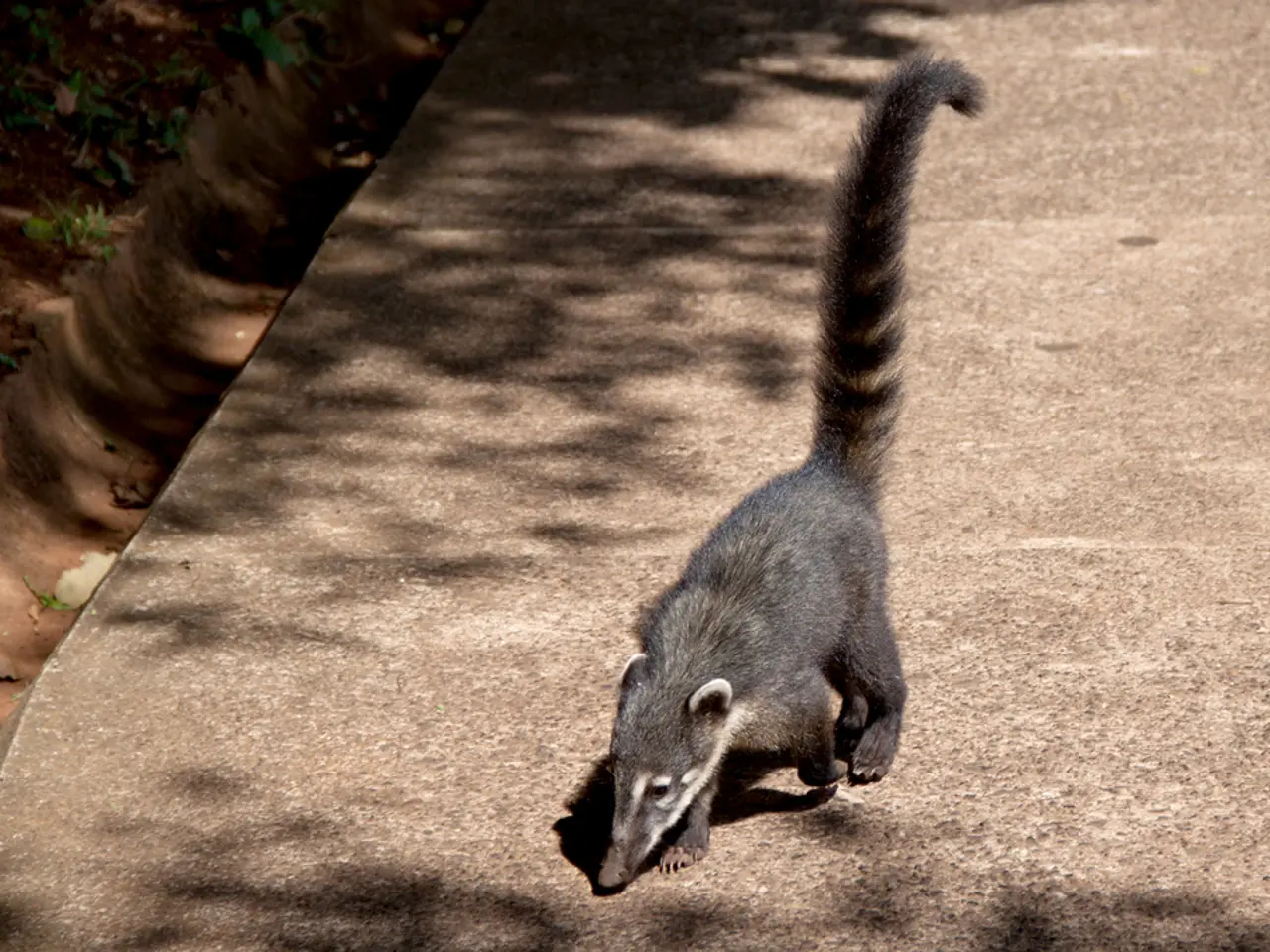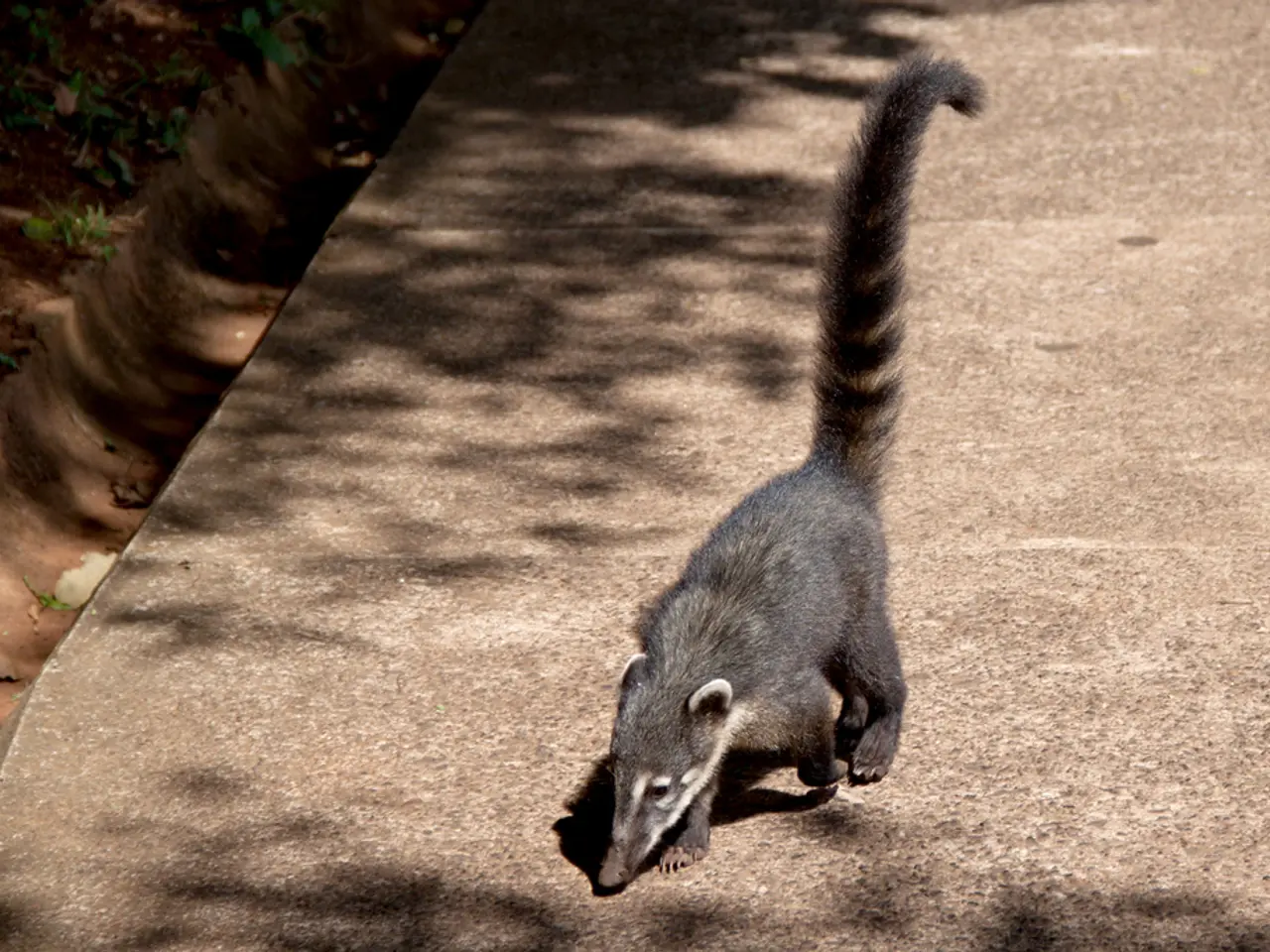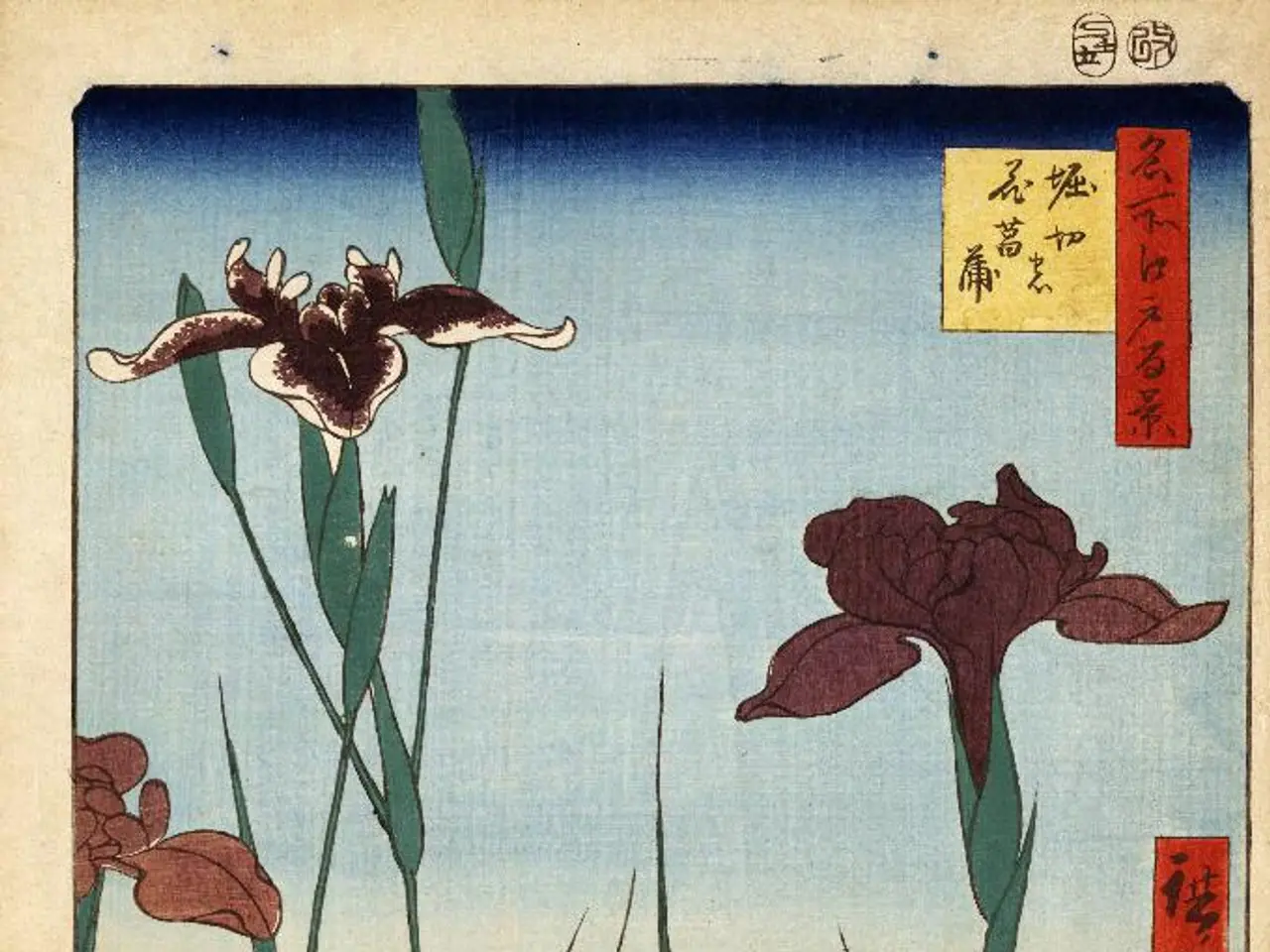Identifying and Addressing Poison Oak, Ivy, and Sumac Rashes: A Guide
Poison oak, ivy, and sumac are members of the Toxicodendron genus, a family of woody plants known for causing allergic reactions. These plants produce an oily resin called urushiol, which is responsible for the characteristic rash that develops after exposure.
Recognising these plants is crucial in preventing contact. Poison ivy, for example, is easily identified by its leaves arranged in groups of three, often with toothed or smooth edges. Poison oak, on the other hand, resembles oak leaves with lobed or wavy edges. Poison sumac grows as a woody shrub or small tree, with clusters of 7-13 elongated, smooth-margined leaflets.
Upon exposure, the rash typically starts with intense itching and may develop redness, swelling, possible streaking, patches, bumps, and weeping blisters. The time it takes for a rash to appear depends on whether a person has had a prior rash from the plants. If it's a first-time encounter, the rash usually appears within 2-3 weeks. In someone who has experienced a previous rash, the rash may manifest within 4-48 hours.
To minimise the risk of a rash, learn what the plants look like, wear long sleeves, long pants, and gloves when working in the garden, wash the skin as soon as possible after exposure, wash an exposed pet with pet shampoo and water, and avoid inhalation of the urushiol by not burning plants that may be poisonous.
Immediate treatment involves washing the skin with soap and water to remove urushiol. Over-the-counter topical corticosteroids, calamine lotion, and antihistamines can reduce itching and inflammation. Severe or widespread rashes may require prescription oral or topical corticosteroids, and in cases of infection or severe reaction, medical attention is advised, including possible antibiotics or stronger medications.
Preventive measures include learning to accurately identify these plants and avoiding touching them, wearing protective clothing, cleaning clothing, gear, and pets promptly to remove urushiol, using barrier creams designed to block urushiol, and removing poison oak and similar plants safely from yards or trails.
In summary, recognising the characteristic leaf patterns and growth habitats helps avoid these plants. Prompt washing and appropriate treatment reduce symptoms, and protective measures help prevent rashes from occurring. If symptoms worsen, seek medical attention.
- In the realm of health-and-wellness, understanding skin-conditions like the rash caused by Toxicodendron genus plants is crucial.
- CBD therapies and treatments might not be directly associated with Toxicodendron rashes, but maintaining overall skin health through skin-care regimes could aid in recovery.
- Awareness about mental-health is equally essential; the stress and discomfort caused by a Toxicodendron rash could potentially lead to mental distress.
- Ads about various medical-conditions often cluster specific health topics, such as 'skin-conditions,' but it's vital that public announcements also emphasize the importance of recognizing plants like poison oak, ivy, and sumac.
- Learning to accurately identify poison oak, ivy, and sumac is not only a scientific pursuit, but a life-saving skill, as these plants can trigger skin-conditions that may require therapies and treatments.




